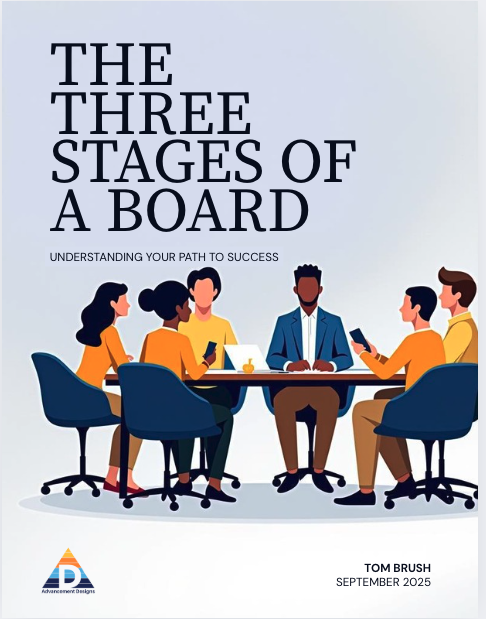BLOG - When Will We Change the Conversation for Nonprofits?
Nonprofit leaders aren’t failing. The system is.
Every day, I see leaders who feel frustrated, overwhelmed, and stuck in survival mode. They blame themselves — but the real issue is the system. A system built on outdated rules and expectations that were never designed to help leaders succeed.
Recently, a Forbes Nonprofit Council article highlighted four familiar challenges: restricted giving, the overhead myth, corporate philanthropy, and individual giving trends. These are real obstacles — but here’s what I see: nonprofit leaders can’t directly control any of them.
Of course, we must continue to advocate for change. Funders, corporations, and donors should evolve. But those shifts can take years. In the meantime, leaders need to reclaim momentum by focusing on what is within their control.
The Current Landscape
There are roughly 1.8 million nonprofits in the U.S., with 1.4% more added each year. Most fall into one of three categories:
-
The “Have’s” — reserve funding, visibility, effective boards, developed staff.
-
The “Have-not’s” — struggling boards, limited fundraising, maybe a grant or two, always one step away from folding.
-
The New Orgs — formed by passionate founders with family-and-friends boards, little funding, and little structure.
All three are fighting for the same limited resources — funding, staff, and board members. If we only frame the problem around things we can’t control, leaders remain stuck in cycles of frustration.
What We Can Control
Here are four levers leaders can use right now to create real change:
✅ Why we start nonprofits. Do we really need another 501(c)(3), or could a new program grow stronger inside an existing organization?
✅ How we work with partners. Competitors for funding can also be collaborators for impact — combining boards, staff, and fundraising can unlock more capacity and reach.
✅ How we build structures that last. Consolidation and shared infrastructure reduce duplication and free up resources for mission-critical work.
✅ How we use our time. Mastering time and priorities creates clarity and momentum, even in an uncertain system.
A Renegade Approach
I’ve seen nonprofits experiment with collaboration meetings — sharing funders, donors, and insights across organizations serving the same community. That’s not competition. That’s system change.
This is the shift we need: not more binders on shelves, not more “best practices,” but real conversations about what’s within our control.
Because nonprofit leaders aren’t failing.
The system is.
Call to Action:
👉 What do you think? Are nonprofits ready to rethink the system, or will we keep circling the same old solutions? Share your thoughts in the comments.

